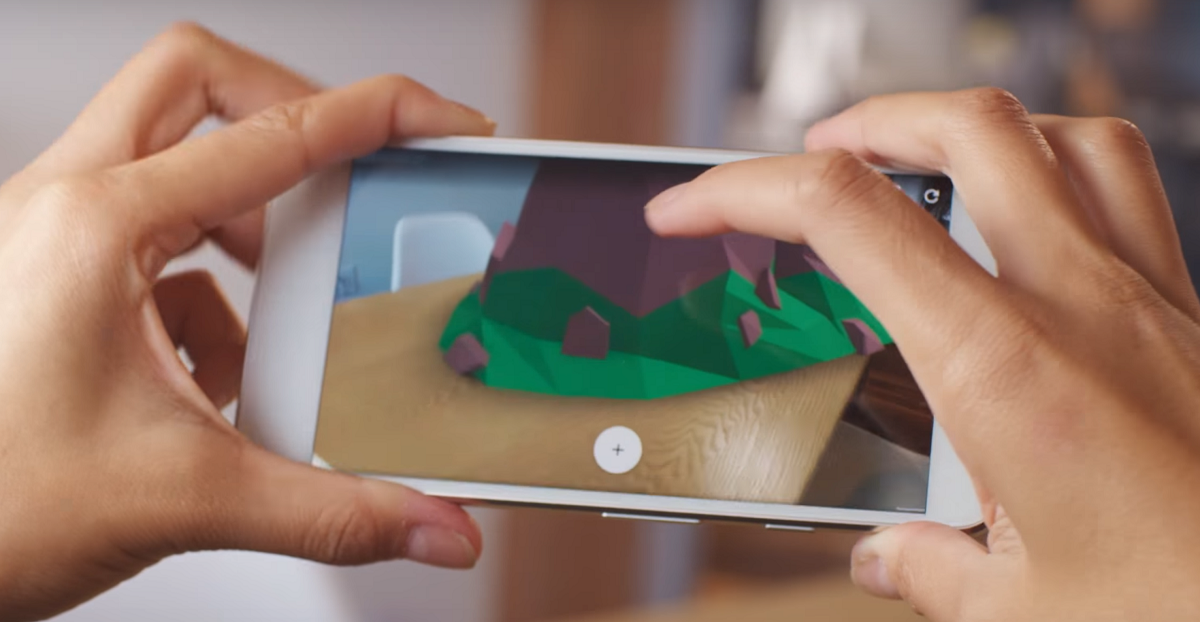Just a few years ago, virtual reality was all the rage and before Apple could even enter the market, Google owned it. With the release of Google Daydream, mobile VR was in Android’s pocket, but soon the focus shifted towards augmented reality.
Since AR can be built into an app and doesn’t need a VR headset to work, it has become far more popular among users. Apple was quick to capitalize on this trend by announcing at WWDC 2017 that all iOS devices powered by the Apple A9 chip will come with AR capabilities with the iOS 11 update.
Although it is simpler for Apple to deploy their AR platform across iOS which is controlled only by them, Google is determined to up its AR game, too. The Mountain View company handpicked 13 devices, including its very own Pixel devices to test out its ARCore platform, which is finally out of beta and ready for developers to try out.
But the move does make you wonder, why does the two-year-old Galaxy S7 support AR apps, but the 2017-flagships like HTC U11, Moto Z2 and other top devices don’t?
Galaxy S7 sold better, simple!
In this single move, Apple brought augmented reality program to more than 200 million iPhones, let alone the millions of iPads. This has encouraged developers to create some of the best AR apps of all time, very few of which are ever brought to Android.
In order to keep up with the multimillion iOS devices that support AR, Google has given preferential treatment to commercially popular Android devices. To explain, more than 100 million Galaxy S7 and S7 Edge devices have been sold worldwide — and that’s what warrants the labor-work required on the Galaxy S7 to make it compatible with AR, while the same cannot be said of other flagships from Motorola, LG, HTC, etc.
By bringing support to an older Android device, Google is reaching out to more devices than it possibly could with the newer and less commercially popular Motorola Z2. While this may seem unfair right now, increasing number of devices that support AR apps directly encourages developers to create more apps.
It’s a Samsung device!
Also to be noted is the fact that you have to have Galaxy S8 (and S8+) on the AR compatibility list right off the best, for obvious reasons. And when you are making Galaxy S8 ready, you are already well set to expand that work on to other Samsung devices, like the Galaxy Note 8, but also the Galaxy S7 and S7 Edge, because that pushes up your compatibility number a serious push while working on similar devices.













Discussion